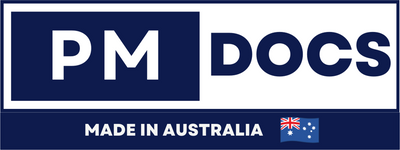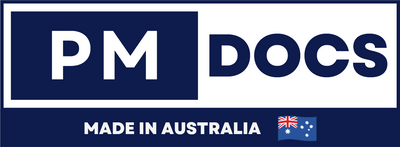How To Conduct An ISO Internal Audit In Australia: Step-By-Step Guide?
Introduction
Internal audits are an essential part of maintaining ISO standards in any organization. In Australia, these audits ensure that businesses comply with international standards, enhancing their operational efficiency and credibility. This article will guide you through the internal audit process for ISO standards, highlighting its importance and how it can benefit your organization. Internal audits are systematic evaluations of an organization’s processes, policies, and procedures. They assess compliance with ISO standards, identify areas for improvement, and ensure continuous quality enhancement. These audits are not about finding faults but about fostering a culture of improvement and accountability.

What Are ISO Internal Audits?
ISO internal audits are specific to ensuring compliance with ISO standards such as ISO 9001 for quality management, ISO 14001 for environmental management, and ISO 45001 for occupational health and safety. These audits help organizations verify that their systems are functioning as intended and are in line with the prescribed standards.
Key Objectives Of Internal Audits
The primary aim of internal audits is to evaluate the effectiveness of an organization’s management systems. They help identify any non-conformities, assess risk management strategies, and ensure that the organization is on track to meet its goals. Internal audits also prepare organizations for external audits, which are crucial for ISO certification.
The Internal Audit Process
The internal audit process is a structured approach designed to assess compliance with ISO standards. It involves several key steps, each crucial for a thorough evaluation.
1. Planning the Audit
The first step in the internal audit process is planning. This involves defining the scope and objectives of the audit, selecting the areas to be audited, and scheduling the audit activities. It is essential to develop an audit plan that outlines the resources needed, the timeline, and the responsibilities of each team member.
2. Conducting the Audit
During the audit, auditors collect and analyze data to assess compliance with ISO standards. This includes reviewing documents, observing processes, and interviewing employees. Auditors look for evidence of compliance and identify any areas that need improvement.
3. Reporting Findings
After completing the audit, the auditors compile their findings into a report. This report highlights areas of non-conformance, potential risks, and suggestions for improvement. The report should be clear and concise, providing valuable insights for management.
4. Implementing Improvements
Once the audit report is complete, the organization must take action to address any non-conformities. This involves developing corrective action plans and implementing changes to improve processes and systems. Continuous improvement is a key principle of ISO standards, and internal audits are a vital tool in achieving it.
Benefits Of ISO Internal Audits
Internal audits offer numerous benefits to organizations striving to maintain ISO standards. These benefits extend beyond mere compliance, enhancing overall business performance.
1. Improved Efficiency
By identifying inefficiencies and areas for improvement, internal audits help streamline processes. This leads to better resource utilization and enhanced operational efficiency.
2. Enhanced Compliance
Regular internal audits ensure that an organization consistently meets ISO standards. This not only prepares the organization for external audits but also reduces the risk of non-compliance penalties.
3. Increased Stakeholder Confidence
Organizations that regularly conduct internal audits demonstrate their commitment to quality and continuous improvement. This builds trust with customers, suppliers, and other stakeholders, enhancing the organization’s reputation.
ISO Internal Audit Standards In Australia
In Australia, internal audits for ISO standards follow a framework designed to ensure consistency and reliability. Australian organizations must adhere to these guidelines to maintain their ISO certifications.
1. Role of Internal Auditors
Internal auditors play a crucial role in the audit process. They must be objective, independent, and possess a thorough understanding of ISO standards. In Australia, auditors are often trained and certified to ensure they have the necessary skills and knowledge to conduct effective audits.
2. Adapting to Local Regulations
While ISO standards are international, organizations in Australia must also consider local regulations and industry-specific requirements. Internal audits should incorporate these factors to ensure comprehensive compliance.
3. Continuous Improvement Culture
Australian organizations are encouraged to foster a culture of continuous improvement. Internal audits are not just about meeting standards but about striving for excellence. This approach helps organizations remain competitive in a dynamic business environment.
Conclusion
Internal audits are a cornerstone of maintaining ISO standards in Australia. They provide a structured approach to assessing compliance, identifying areas for improvement, and ensuring continuous enhancement of processes. By embracing internal audits, organizations can boost efficiency, enhance compliance, and build stakeholder confidence. Implementing a robust internal audit process is not just about ticking boxes; it’s about fostering a culture of excellence and continuous improvement. By doing so, organizations in Australia can not only meet ISO standards but exceed them, setting a benchmark for quality and reliability in their industry.




